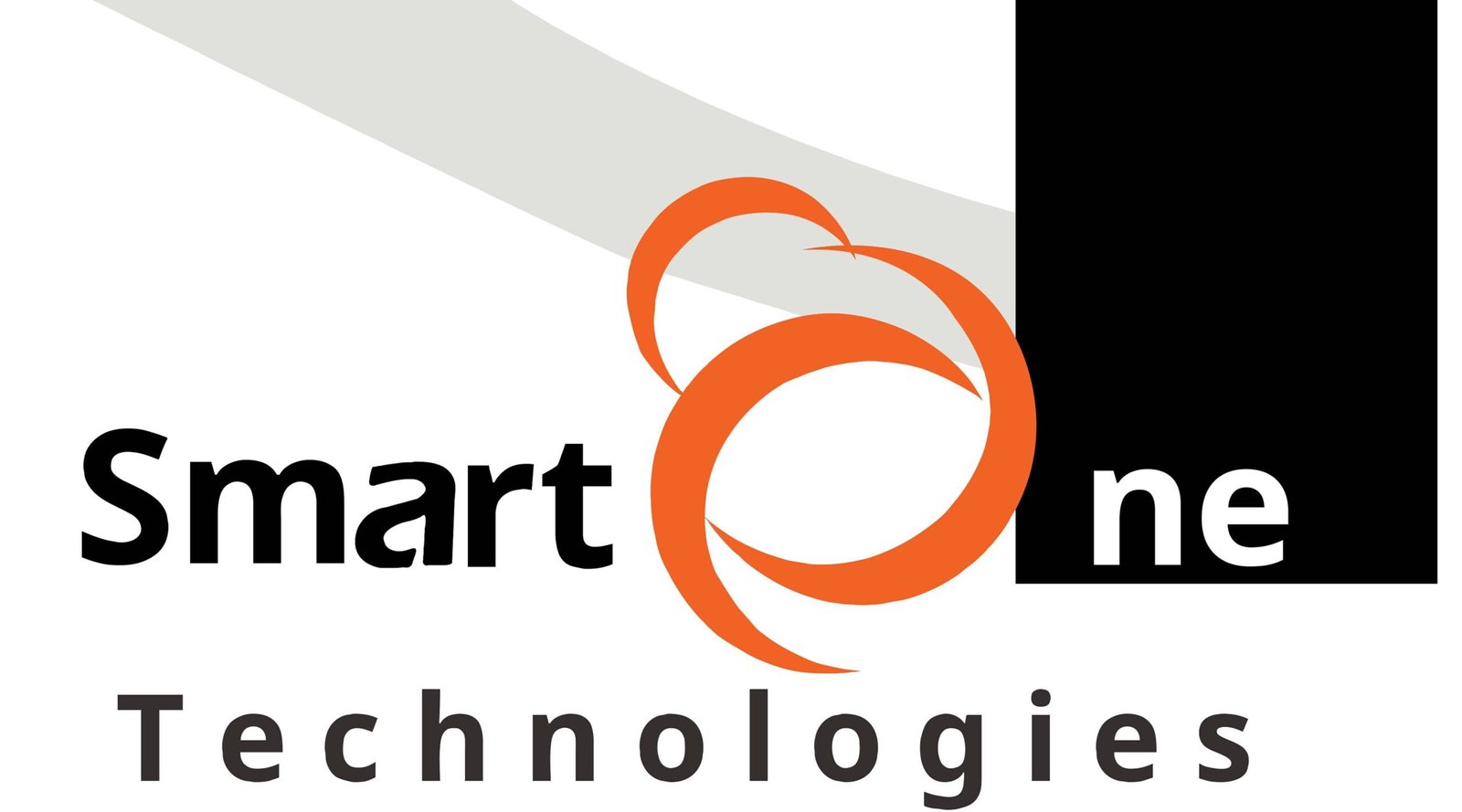Businesses are always looking for innovative solutions to capture their audiences and communicate their messages effectively in today’s digitally driven world. Digital signage is a tool that’s transformed business communication. Digital signage is a powerful tool that has transformed the landscape of business communication.
Understanding Digital Signage
Digital signage is the use of digital displays for delivering information, advertising, and other messages. Digital signage is dynamic and can be changed in real-time, unlike static signs. This allows businesses to send timely, relevant messages to customers.
Digital Signage: The Future of Modern Businesses
Digital signage gives businesses an edge in a world where competition and attention spans have become short. Digital signage is a great way to display products, brand messages and promotions. It also makes a good platform for promoting sales and promotions.
Digital Signage: Different Types and Their Applications
Digital signage is available in many forms. Each one has been designed to meet specific requirements and environments. Understanding different types will help business owners choose the best solution to meet their specific needs.
Dynamic HTML0 vs. Static
It is common for static digital signage to display fixed content, such as text or images, with no changes. Dynamic digital signage, on the other hand, allows dynamic content to be displayed, including videos, animations and real-time data. This creates a more interactive experience for viewers.
Indoor vs. Outdoor
Indoor digital signs are designed to be used in environments such as retail shops, corporate offices, and restaurants. Outdoor digital signs are built to be resistant to the weather and can be used in outdoor settings like bus stops, stadiums and advertising displays.
Benefits of Digital Signage
Digital signage has many benefits to businesses.
This will increase your brand’s visibility.
The use of digital signage is a great way to display brand identities and marketing messages. It helps businesses make themselves stand out in crowded markets.
Enhance Customer Experience
Digital signage improves customer satisfaction by delivering interactive and engaging content. This encourages loyalty and repeat purchases.
Real-Time Updates
Digital signage allows businesses to easily schedule and update content in real-time, which gives them the ability to send timely, relevant messages.
The Key Components in Digital Signage Systems
Digital signage systems are composed of several components that play a key role in providing viewers with captivating content.
Display Screens
Digital signage is primarily displayed on display screens. Displays are available in a variety of sizes, types and colors, such as LCD, OLED, and LED displays. They cater to varying needs and preferences.
Content Management Software
Software for content management allows businesses to schedule and manage digital signage content. The software provides easy-to-use tools to design and edit content as well as schedule and monitor display playback.
Media Player
The media player is responsible for displaying digital content. These media players come in many forms, including embedded systems, standalone devices and software-based options. They offer flexibility and scalability.
How to Choose the Best Digital Signage Solution
It is important to choose the best digital signage solution for your business. Consider the following factors:
A Business Needs Assessment
Determine the best digital signage solution for your business by identifying specific goals and needs.
Budget considerations
When selecting a digital sign solution, evaluate budget restrictions and consider the cost of installation, maintenance, hardware and software. This will ensure that you get the best value for your money without compromising on quality.
Future Growth and Scalability
Select a solution for digital signage that can be scaled and is flexible to meet future business growth. This will protect your investment over the long term.
Examples of Successful Digital Signage Installation
Digital signage has been used by many businesses in various industries to improve communication with and engage their audiences. These are a few notable examples.
- Retail environments: Stores use digital signs to display product advertisements, promotions and interactive catalogs. This helps drive sales and enhances the shopping experience.
- Hospitality Industry: Hotel and restaurant digital signs display information about menus, promotions, events, schedules and directions to guests. This increases guest satisfaction.
- Corporate Setting: Companies use digital signage to promote their brands, engage employees, and communicate internally. They also place it in the office lobby, conference rooms and break room areas. This creates a vibrant and collaborative work environment.
How to overcome challenges in digital signage adoption
Businesses may face challenges in the adoption of digital signage. It is important to address these issues in order to ensure a smooth implementation.
Issues with Technical
Digital signage can be affected by technical issues, such as malfunctioning displays, problems with network connectivity, or software errors. These issues can be mitigated by proactive troubleshooting and regular maintenance.
Content management
It can take a lot of time and resources to manage and update content on digital signage, particularly for companies with many locations and complex requirements. Automating the content management process and using efficient strategies can help streamline it.
Security Issues
Security threats to digital signage include malware, unauthorized data access and breaches. It is important to use robust security measures, such as authentication, encryption and access control, in order to safeguard sensitive data and ensure the integrity of the digital signage system.
Future Trends for Digital Signage
Digital signage is evolving as technology advances.
Personalization and Interactivity
Digital signage that allows users to interact with content using touchscreens, mobile devices, or gestures is gaining popularity. These solutions offer personalized, immersive experiences.
IoT Integration
The integration of digital signage with Internet of Things devices and sensors is increasing. This allows for context-aware delivery of content and real-time analysis, improving the relevance and effectiveness of messages.
Digital signage is a versatile and dynamic communication tool that allows businesses to engage their audiences, increase brand awareness, and captivate them. Understanding the key benefits, components, future trends, and challenges of digital signage will help businesses maximize their potential and achieve their marketing goals.



0 Comments on “Unlocking Digital Signage Potential: a Comprehensive Guide”